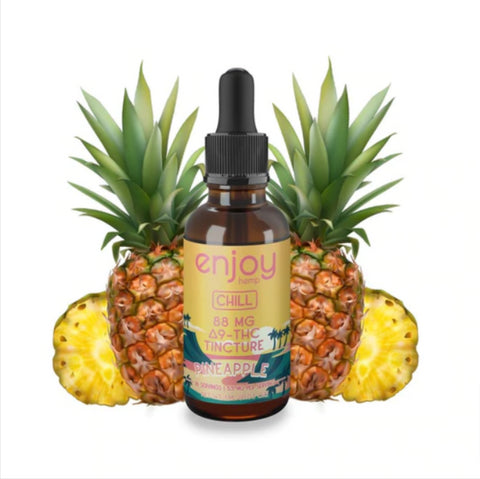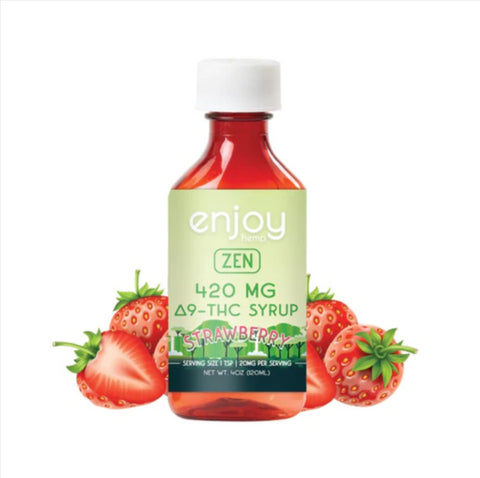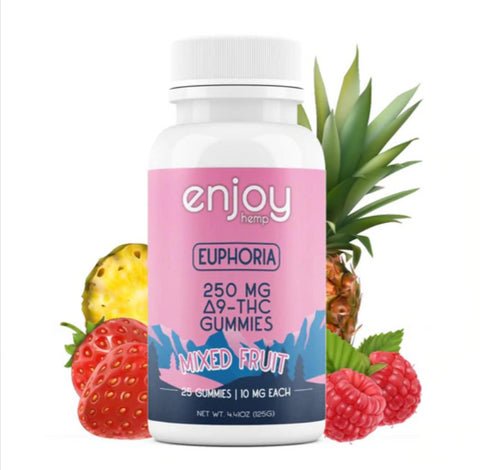Black Tie hemp isn’t just beloved by our customers. Despite being a relatively new establishment, Black Tie has already won numerous awards for our CBD and hemp products. That’s why we wanted to show you highlights of our newest and best strains.
Here are our latest strains for 2022;
1. GRANDADDY PURPLE (INDOOR) CBD HEMP FLOWER
Grandaddy purple is a CBD-rich hemp flower, best to enjoy CBD at its safest source. This hemp strain specifically contains over 23.80% cannabinoids, and is extremely rich in terpenes like Myrcene.
Myrcene
On average, myrcene represents over 20% of the terpene profile in modern commercial strains, although individual samples vary widely in their terpene content. Herbal medicines containing myrcene have a long history of being used as a sleep aid in folk medicine.
Primary Terpenes: Ɓ-Farnesene, Beta-Myrcene, Linalool, Guaiol, Ɓ-Limonene (2.42%)
Primary Aromas: Grapes, Berries, Candy
Smell Profile: This flower boasts a pungent "purple" scent - if you're familiar with the aroma of classic purple cannabis strains. The smell is a rich floral aroma with strong nodes of berries and candy. Pinch the buds to release a pungent Kush scent from within.
Taste Profile: Dry hit the blunt to reveal a bold, sweet grape flavor. The flavor is defined by tones of berries and cand. A mouth-watering flavor that is thick on the palate but smooth on the throat.
Preferred Time of Use: Afternoon / Evening
Phenotype: Indica-Dominant Hybrid
Density: Medium-High
Total CBD – 16.27%
THCa - .8%
THC (Delta9) - 0.07%
Total Cannabinoids Analyzed – 19.92%
2. ORANGE COOKIES (INDOOR) CBD Hemp Flower
ORANGE COOKIES -This indoor hybrid strain is aH-mazing. From the looks, to the taste, the experience, and the effects. The Orange Cookies are light green buds with bright orange hairs that glisten with trichomes, and is high in. This strain is a sativa-dominant hybrid marijuana strain made by crossing Orange Juice with the renowned Girl Scout Cookies.
The dominant terpene of Orange Cookies is Terpinolene.
As an essential oil, terpinolene may have antibacterial and antifungal qualities, according to a 2005 study. Terpinolene carries an array of smells you might find in cannabis: It’s piney, floral, herbaceous, and even a little citrusy.
Density: Medium - High
Primary Terpenes: Beta-Caryophyllene, A-Bisabolol, Guaiol
Primary Aromas: The buds present a sweet mandarin orange scent with kushy undertones.
Taste Profile: Take a dry hit on the joint/blunt to reveal a sweet mandarin orange flavor. The smoke is pleasant and tingling sensation in the mouth as well as a sweet orange aftertaste on the lips. A kushy backend lingers on the palate.
Preferred Time of Use: Daytime - Anytime
Phenotype: Hybrid
Total CBD - 14.5%
THC (Delta 9) - None Detected
Total Cannabinoids Analyzed - 15.78%
3. Delta8 Infused Sour Diesel CBD Hemp Flower
Sour Diesel, often called Sour D, is a sativa-dominant cross between Chemdog 91 and Super Skunk. Sour Diesel CBD has a 70:30 sativa-to-indica ratio. The chunky, forest green buds of the Sour D have a shine to them as this strain is heavily coated with Delta8. Some reportedly experience mental stimulation in the form of creativity from this sativa-dominant delta8 infused hemp hybrid, producing medium to large-sized highly dense buds. This strain is dominant in the caryophyllene terpene.
Caryophyllene
The terpene caryophyllene is present in many herbs and spices, including black pepper, basil, and oregano, and cannabis strains with high levels of it deliver a spicy, funky warmth to the nose, similar to cinnamon and cloves. What makes caryophyllene an intriguing terpene is its relationship with our endocannabinoid system, particularly, its ability to bind to CB2 receptors. Because of this, it comes with a host of potential medical benefits.
Density: Medium-High
Primary Aromas: Pine, Stinky Cheese, Gasoline,
Smell Profile: The smell of the delta-8 coating is immediately detected upon opening the container. Pinch the buds to find the true smell of the buds within which begins with a hint of pine followed by a strong whiff of stinky cheese and finishes with nodes of truck stop Gasoline. It's funky in a real good way.
Taste Profile: This one is Gas. The taste is Diesel Fuel with a mild earthy undertone. The throat grab is medium to harsh as the delta8 coating makes for a heavy finish. May want to hit this one slowly.
Time of Day usage: Daytime / Afternoon
Phenotype: Sativa-Dominant Hybrid
Total Cannabinoids Analyzed – 42.5%
Total CBD – 13.74%
THC Δ8 - 27.54%















